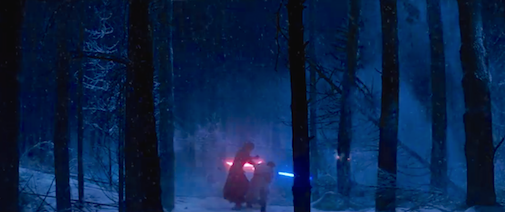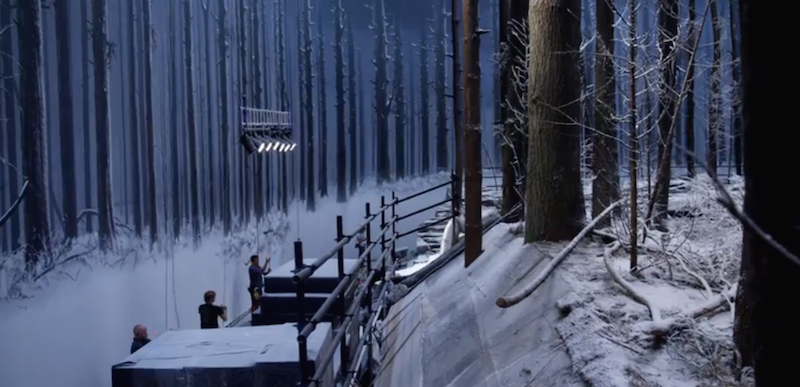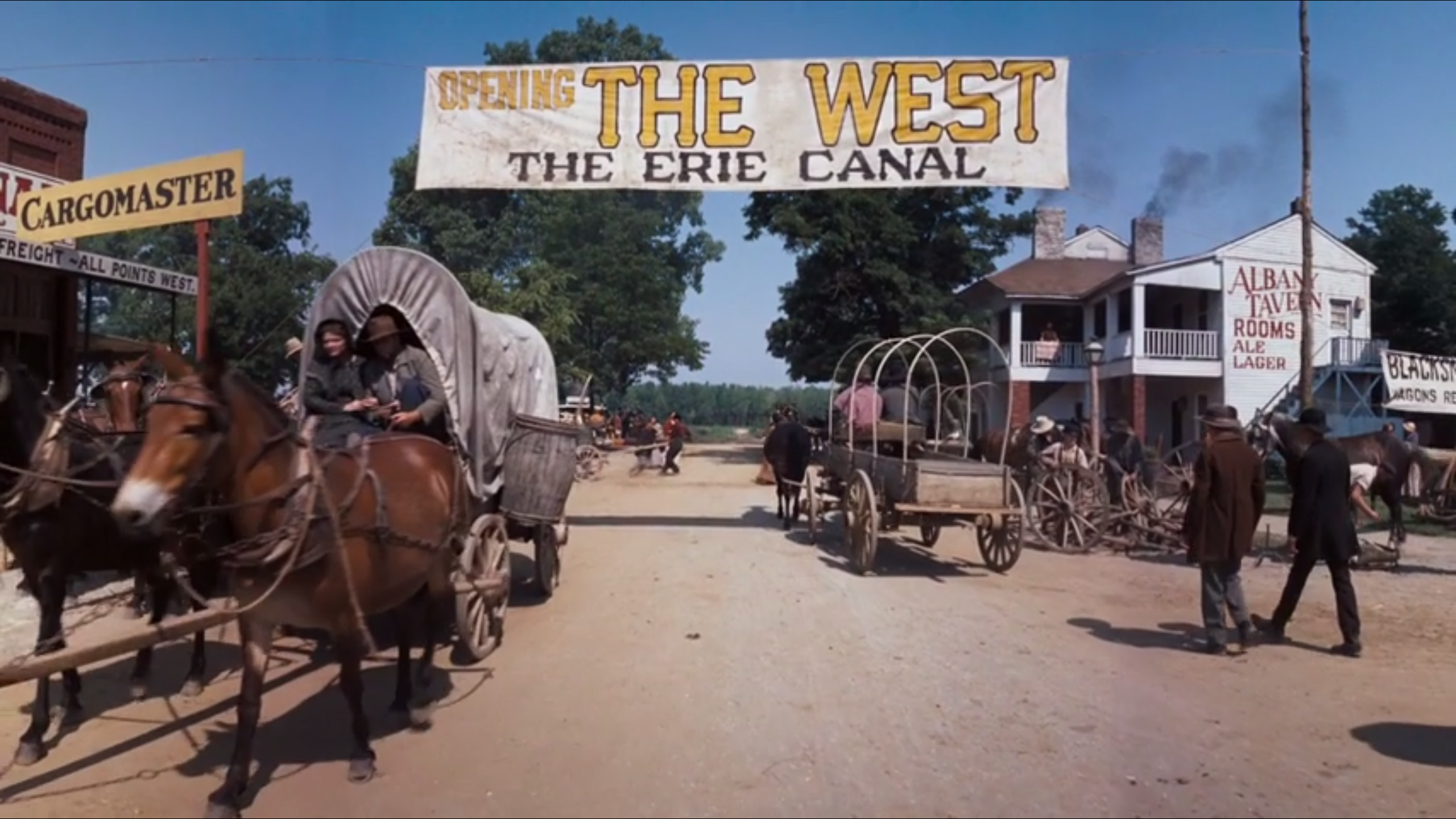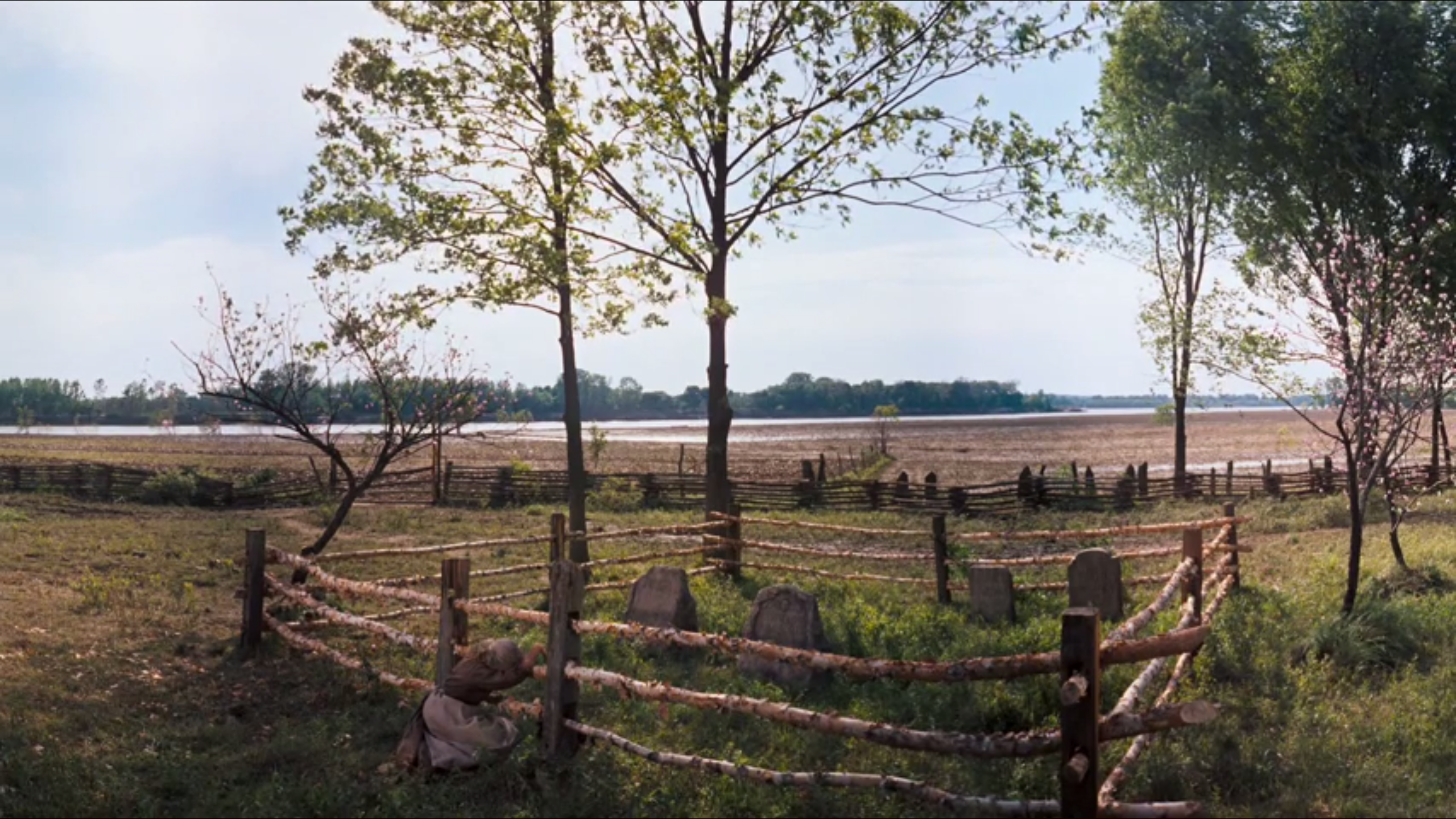Silent Chambers and Spider Webs in "Throne of Blood"
 Tuesday, April 26, 2016 at 7:30PM
Tuesday, April 26, 2016 at 7:30PM The first time I saw a Jackson Pollock in the flesh, I had to sit down, dumbfounded, in my attempt to take it in. I was staring at just one painting (and there were several) for a good 15-20 minutes before I had to force myself to move on. While the artist's famous splatter paintings seem random there's such an intricate hypnotic depth to them once you're in their presence, like it's possible to slip right inside them and get lost. Each flick of paint, every solid drop, on top of another streak and another spill gives the impression that the painting goes on for years underneath no matter which detail pulls your eye in.
 bronze
bronze
I kept thinking of that Pollock painting - bear with me through this unexpected reference point - while watching Throne of Blood (1957)...








